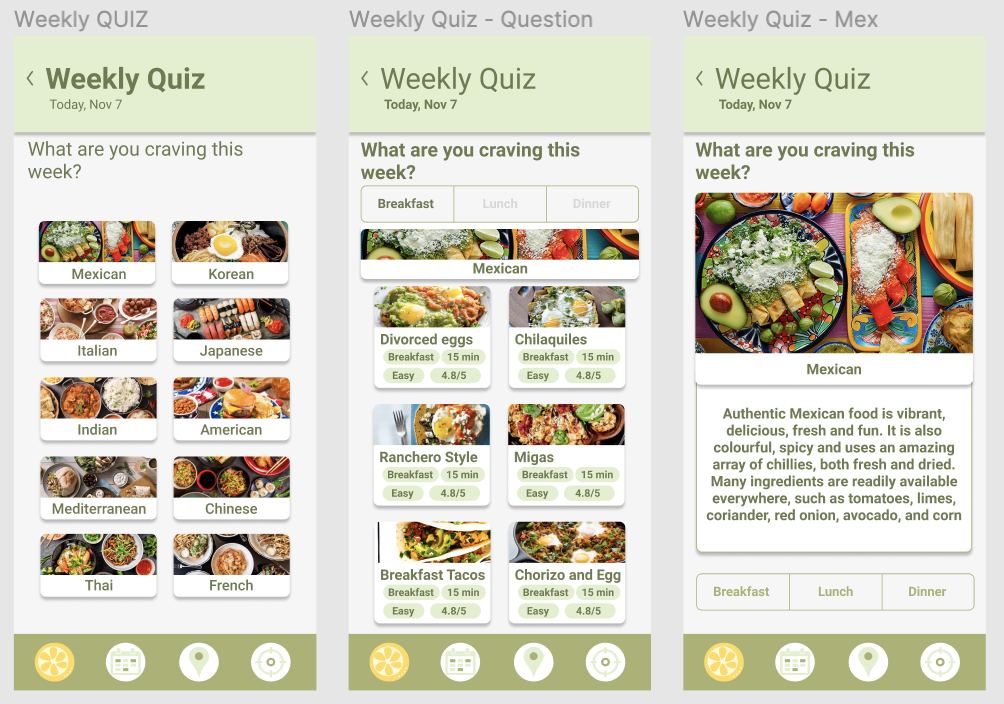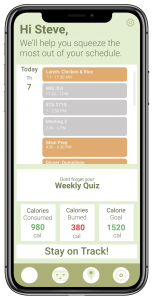
Overview
Role: UX Research, UX Design
Team: 2 Business majors, 2 Arts, Entertainment, and Technology majors, 1 Graphic Design major
Tools: Figma
Duration: ~4 months
The Challenge: As my first go at design thinking, I was unfamiliar with conducting user interviews, wireframing, and designing. Everything was a new learning experience.
Background
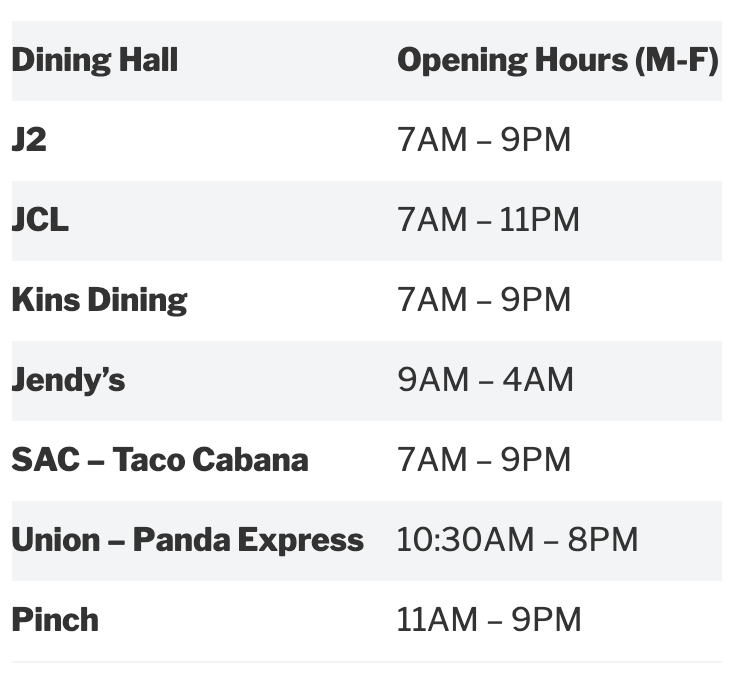
As college students, we noticed that the majority of dining halls on campus close around 9PM. However, students are usually staying up past 12AM to study. We believed that this discrepancy between when dining hall hours and study hours is potentially causing students to have food insecurity at night as there is no easy access to food on campus at night.
Problem
How do hungry students satisfy their hunger when studying late at night on campus?
Research
Contextual Research
We observed students in the library after 9PM to see what students were doing about food at night while studying. One night, I went on every floor of the on campus library and took note of all the food brought or eaten at the library. I noticed that many students did not bring food or simply brought snacks or drinks, such as boba, grapes, hot cheetoes, and pocky. I also noticed that when students were eating a full meal, they were usually eating Wendy’s, which one is located across the street from the library.
Surveys
We asked students about the eating and studying habits to gauge whether students were eating past 9PM, when most dining halls on campus close. We asked students what they were eating, why they were or were not eating, and what they would ideally want to eat at night.
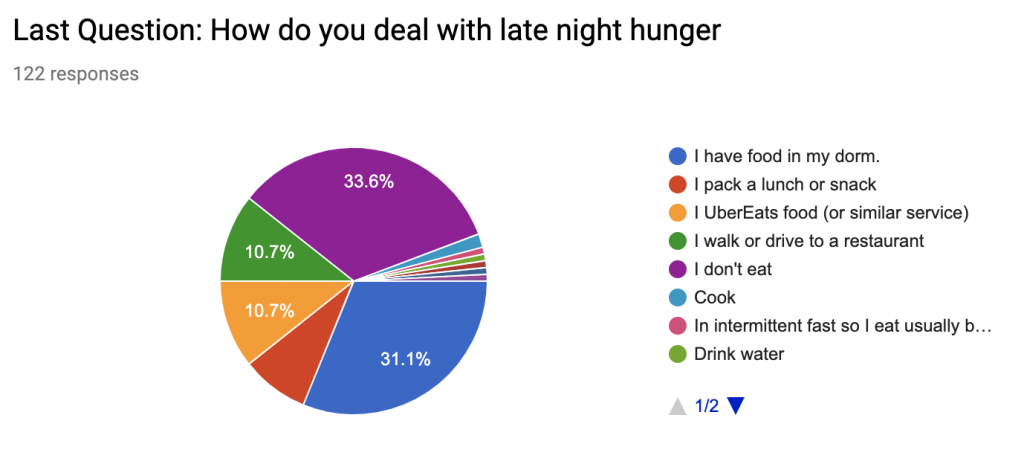
Interviews
We conducted a total of 12 student interviews in order to empathize and gain insights on the late night food and studying culture on campus. This included students who were business, engineering, and kinesiology majors as well as college swimmer athletes.
“One time I ate four bagels out of pure stress”
S.
From our research, we gathered some valuable insights:
- Students value convenience and price over quality of food.
- Food can bring psychological comfort in times of stress.
- Students shape their eating habits around their social and academic commitments.
- Students usually find themselves hungry at night when they are pulling all nighters or studying later than anticipated.
- Students value healthier options, but do not necessarily action upon them.
- Students’ eating habits and schedules from home carry over into their college lives.
Reframing the Problem
From our insights, we noticed how students are only hungry when they are pulling all nighters or when they did not anticipate staying up as late to study. To attack the problem at its roots, we decided to reframe our problem to helping students with their time management, focusing primarily on their nutrition.
How might we help students manage their nutrition habits so they can reach their personal goals?
Concept
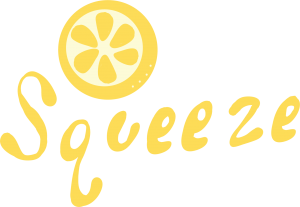
Brainstorming solution concepts, we wanted our solution to help students plan their eating habits whether they wanted to meal prep or eat out. To accomplish this, we created Squeeze, a mobile application that helps students manage their nutrition and eating schedules. , with three main features:
- Nutrition Calendar
- Dining Navigation
- Health Tracker
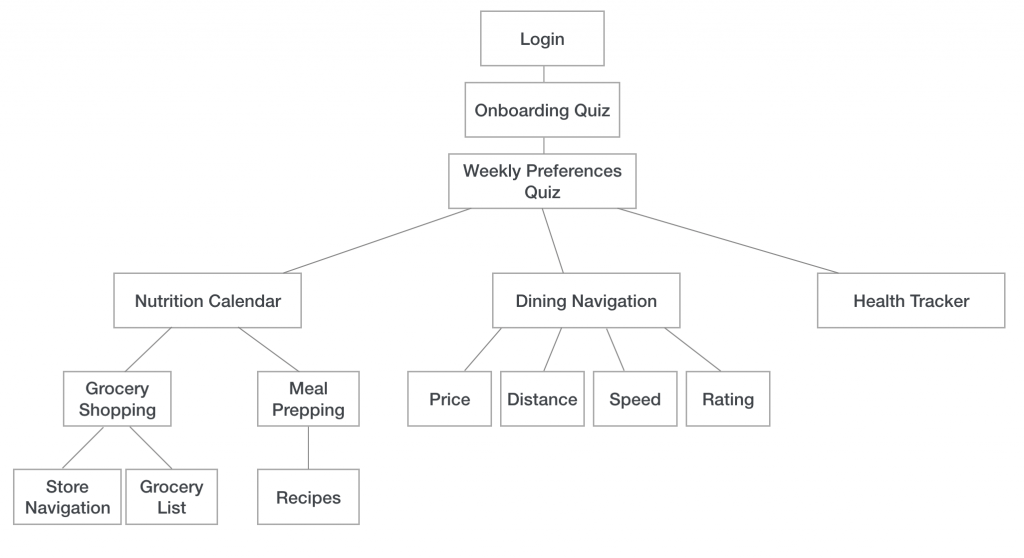
Onboarding Quiz

When students use Squeeze for the first time, they will enter their eating habits and preferences, such as their food values, restrictions, allergies, and budget. This allows Squeeze to provide recommendations and plan students’ eating habits according to their preferences. Students can change their preferences any time.
Weekly Preferences Quiz
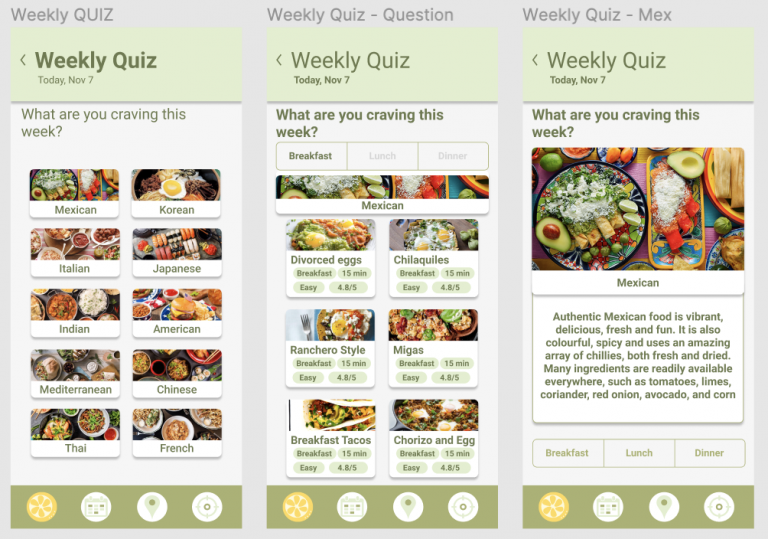
Students will update their food preferences each week based on what types of cuisines or specific foods they would like to eat.
Nutrition Calendar
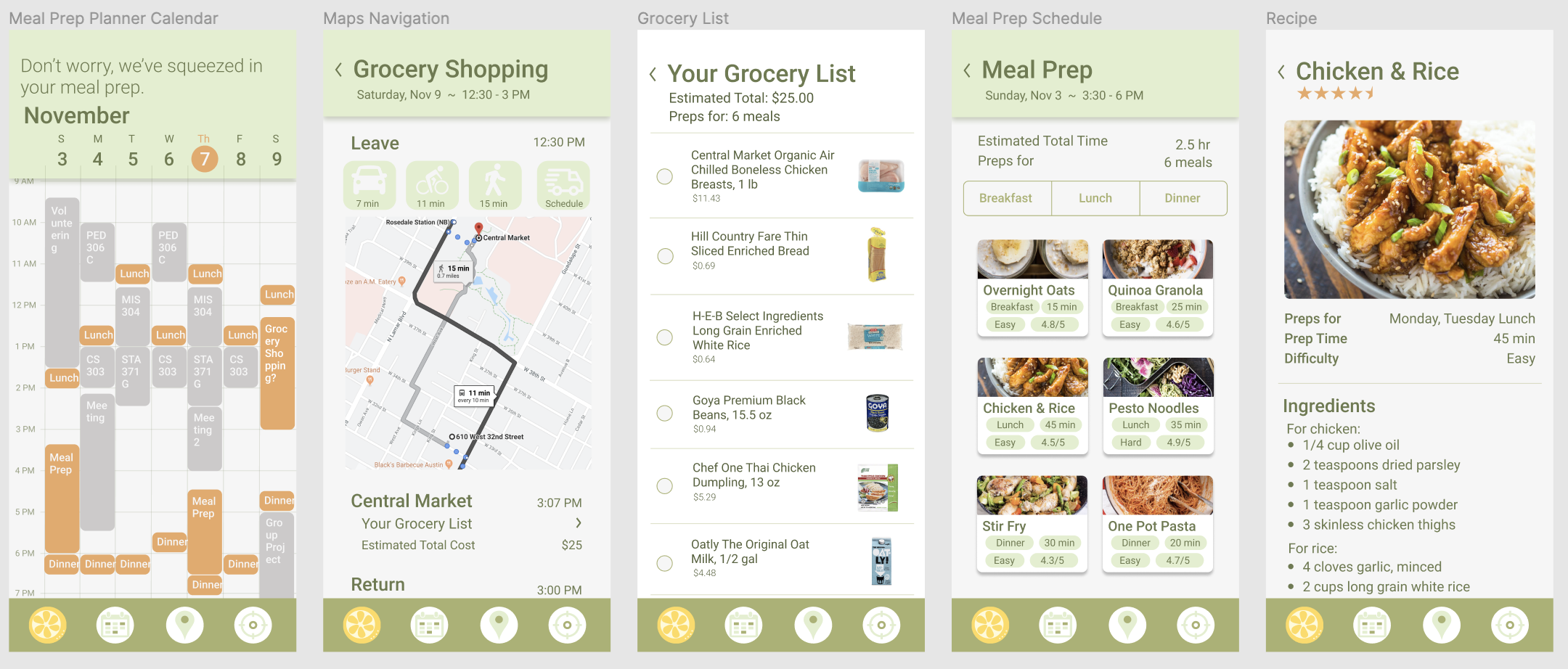
The Nutrition Calendar helps students plan when to eat, meal prep, and grocery shop. Based on their preferences entered into the onboarding quiz, the app will generate the best times for students to fit these activities into their existing schedules. More specifically, Squeeze will plan when students should leave for the grocery store, what grocery store to go to, and what groceries to buy. Squeeze will also provide students with meal prep recipes based on their food preferences from the weekly quiz.
Dining Navigation
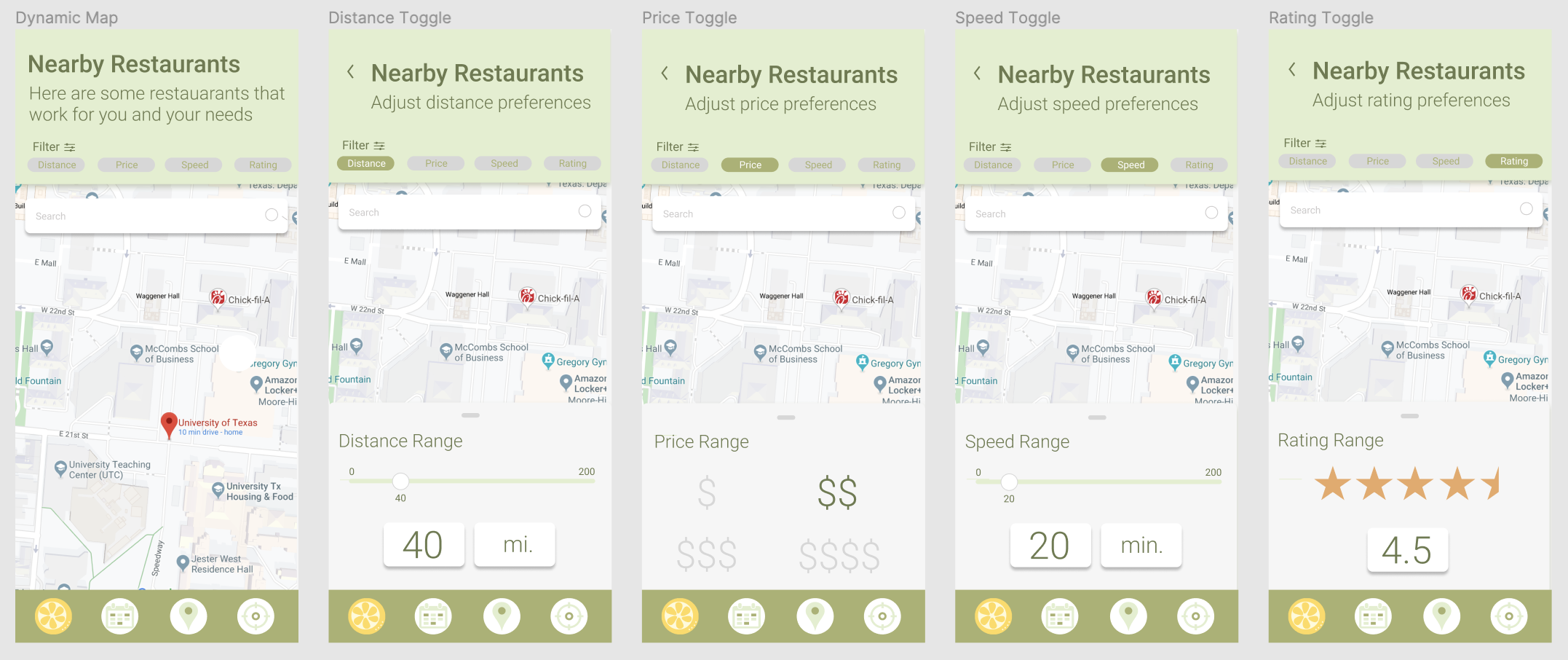
If students want to eat out, students can filter nearby restaurants based on price, speed, distance, and rating, and Squeeze will recommend places to eat that best suit students’ preferences.
Health Tracker
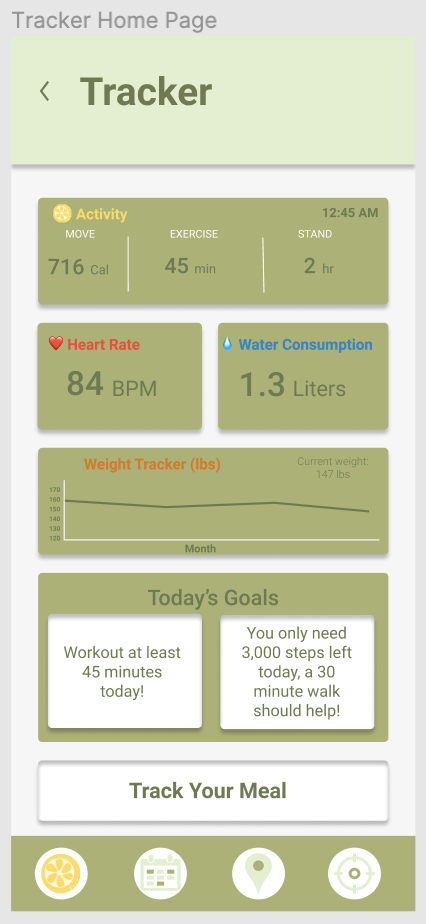
Students can enter their health-related goals and track their progress towards those goals.
User Testing
We asked three current college students about Squeeze. We modified Squeeze based on their feedback.
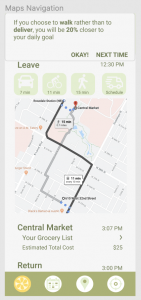
To further help students achieve their health goals, we added a feature that informs students of the extra actions they could take. For example, students could walk to the grocery store instead of riding the bus to burn some extra calories or reach their step count goals.
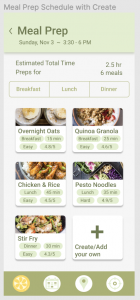
As some students still wanted some control over their meal prepping, we created a feature that allows students to add their own recipes into Squeeze. As such, students are not limited to only the recipes provided to them.
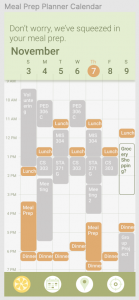
Some users expressed how they were uncomfortable with how Squeeze sets their nutrition schedule for them. They still want the control and freedom to plan their own schedules. From this, we altered the nutrition calendar so that Squeeze recommends the best times for students to grocery shop or meal prep. Students can accept this recommendation if they choose.
My Personal Reflection
My first stab at the design thinking process, I struggled with fully understanding the actions that needed to be taken in each of the stages of the process. This included how to interview users, how to organize and make sense of all the data we gathered, and how to use figma to prototype the app. However, with some guidance from my professor, I was able work through the process and create Squeeze with my team.
From this project, I learned that:
- Design is a collaborative, team activity.
- User interviews are best done in pairs and with a loose script.
- We can find different insights from the same data when we make sense of our data through a different lens.
- Our personal backgrounds can affect how we make sense of data.
- How to use figma.
- Design a product is an iterative process that can always be improved.
- It is okay to be confused.
